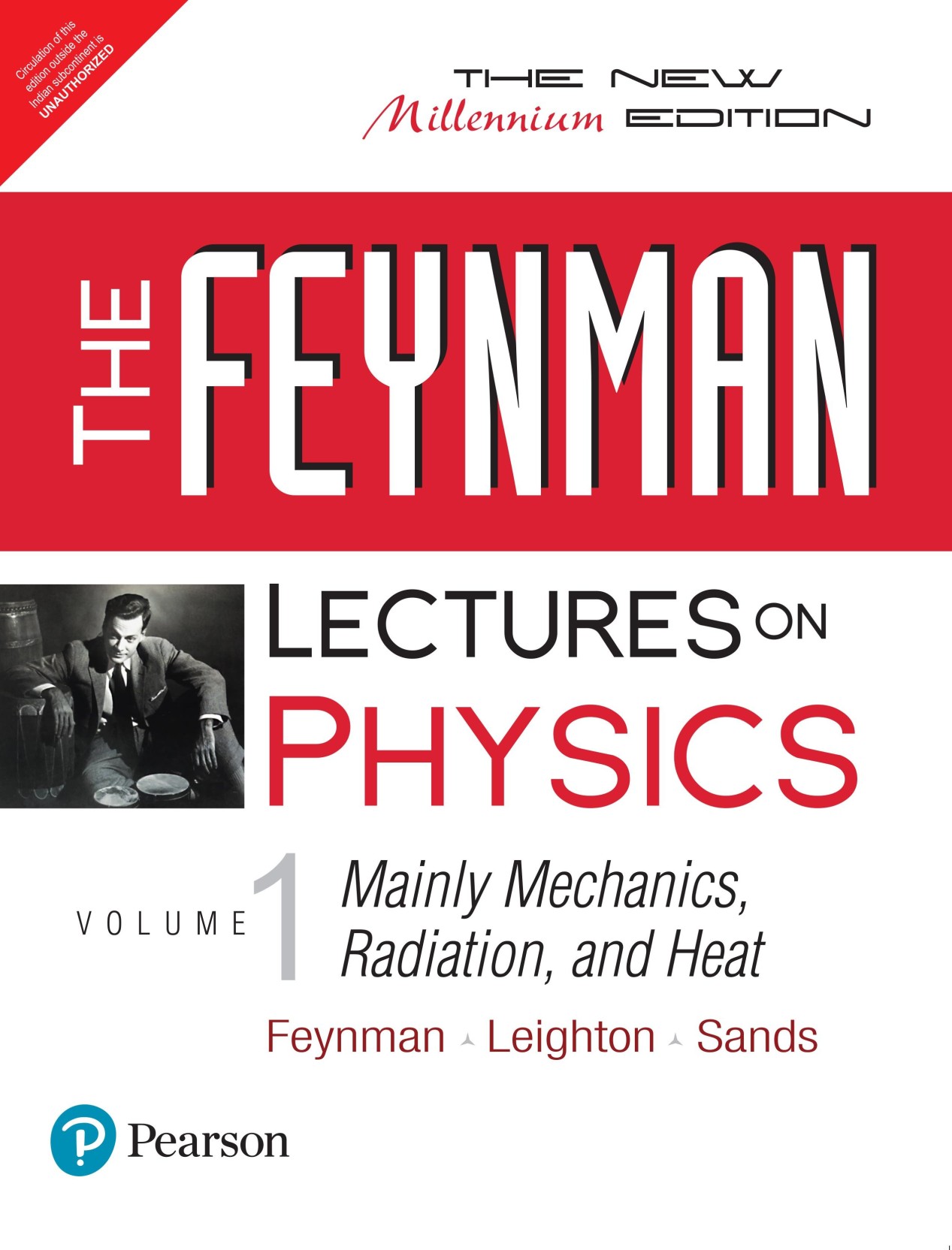

The following three examples illustrate the kind of impact the lectures made on the students during those first two years.

Although a few students in my recitation section were not completely happy with the class, most were involved and excited by the lectures, though I would be surprised if there were not some who dreaded the homework assignments. Such a number is not unusual for a large lecture class, and I do not remember that anyone found that alarming. I sat in the back of the hall during most of the lectures, and my memory-of course, dimmed by the years-is that perhaps 20% or so of the students did not bother to attend. His old joke may have colored his memory.

Neugebauer, part of the crew who worked on the course, would sometimes joke that there were no undergraduate students left in the lecture hall-only grad students. And I wonder what evidence they had to report that “many of the students dreaded the class.” Goodstein was not at Caltech at that time. In a special preface to the 1989 commemorative issue of The Feynman Lectures on Physics, published one year after Feynman’s death, David Goodstein and Neugebauer wrote that “as the course wore on, attendance by the registered students started dropping alarmingly.” 2 I don’t know where they got that information. I said I thought that many of the students had clearly gotten a great deal out of the class. In addition, we usually tried to make the average sufficiently low so there would be some spread in grades to provide a reasonable curve for the assignment of letter grades-an attitude, incidentally, that I wouldn’t approve of today. I am a failure.” I tried to dissuade him of this idea and pointed out that the average grade was very arbitrary-it depended on factors such as the difficulty of the problems given, the grading method used, and so on. His response was, “Oh, that’s terrible they should have done better than that. He asked what the average grade was and I told him something like 65%, as I recall.

He asked how the students had performed on the exam. Feynman’s solution to the quandary was the delightful lecture called “Algebra,” which took students on a tour of mathematics, beginning with integers and concluding with the imaginary exponential (see volume 1, chapter 22), material he was able to use in later lectures on oscillating systems and physical optics.Īround June 1963, after the second year of lectures had been completed, I was in my office assigning the grades for the final examinations when Feynman dropped in to say goodbye before leaving town (perhaps to go to Brazil). I reminded him that students admitted to Caltech had been selected primarily on their demonstrated abilities with mathematics, and I was confident they would not have problems dealing with complex algebra as long as they were briefly introduced to the subject. He asked me whether I thought freshmen would be able to work with the algebra of complex numbers.
#THE FEYNMAN LECTURES ON PHYSICS HOW TO#
I recall one such example: Feynman had been working on how to present the ideas of wave interference and diffraction, and was having difficulty finding a suitable mathematical approach that was both straightforward and powerful. He sometimes asked whether I thought a particular approach would be accessible to the students or whether this or that sequence of material would work best. At least once each week, I stopped by his house to discuss his ideas. He started to work intensively on developing his own ideas. With six months remaining before the first lecture, Leighton and I shared our thoughts about the program with Feynman. His response: “I’ll do it.” Feynman will give the lectures Finally, he asked me: “Has there ever been a great physicist who has presented a course to freshmen?” I told him that I didn’t think so. He would say maybe we could do this or that. Why don’t you give the freshman lectures next year?” He was not immediately enthusiastic, but he and I continued to discuss the idea over the next few weeks, and he was soon caught up in the notion. Here is an opportunity for you to put it all together and present it to a new generation of scientists. I immediately proposed this idea to Feynman: “Look, Dick, you have now spent 40 years of your life seeking an understanding of the physical world. Then one day I had an inspiration: Why not ask Feynman to give the lectures for the course? We could provide him with both Leighton’s and my outlines and let him decide what to do. Our concepts for the course seemed to be completely at odds. After several months of effort, I became rather discouraged I didn’t see how Leighton and I could ever agree on a syllabus.


 0 kommentar(er)
0 kommentar(er)
